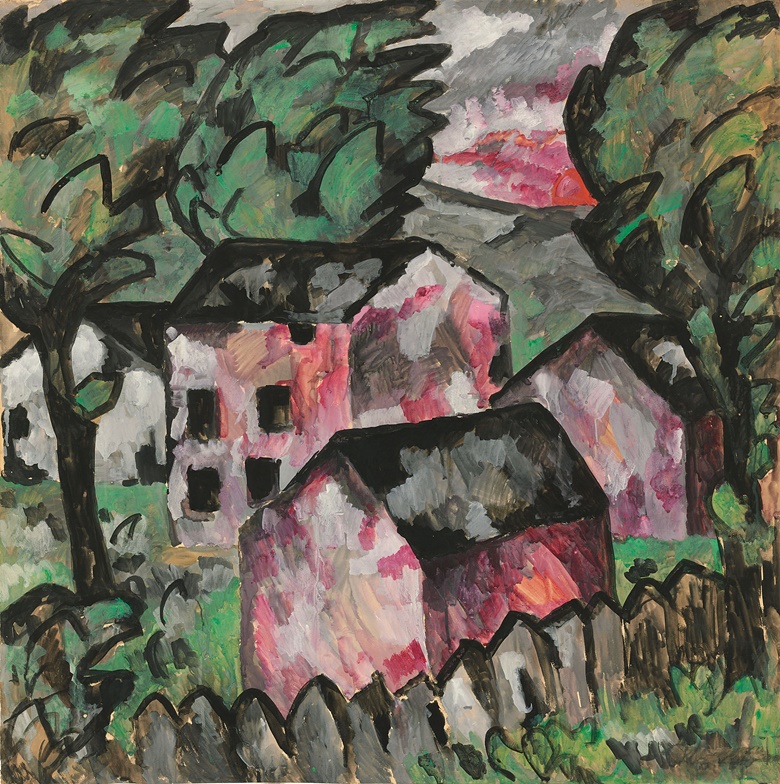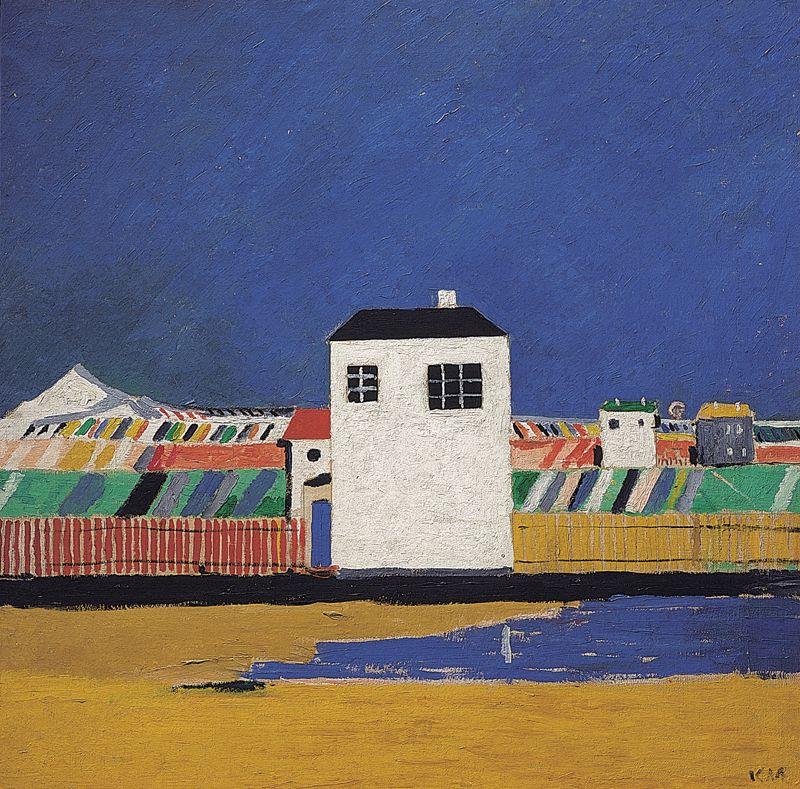![Image result for [[["xjs.sav.en_US.-bLukczzFgg.O",5]],[["id","type","created_timestamp","last_modified_timestamp","signed_redirect_url","dominant_color_rgb","tag_info","url","title","comment","snippet","image","thumbnail","num_ratings","avg_rating","page","job"]],[["dt_fav_images"]],10000]](http://www.artnet.com/WebServices/images/ll00054lldn4tEFgVeECfDrCWvaHBOccAUVERScc/pablo-picasso-femme-dans-un-fauteuil.jpg)
Pablo Picasso,Femme dans un fauteuil, 1942, Estimate on Request
Pablo Picasso’s Femme dans un fauteuil of 1942, will be a leading highlight of Christie’s Impressionist and Modern Art Evening Saleon 20 June 2018. One of a major series of full-scale portraits, painted during the war, Femme dans un fauteuil depicts Picasso’s great muse of the period Dora Maar, the surrealist photographer and painter.
Dora brought great colour, beauty and vivacity into Picasso’s life during the difficultperiods of the Spanish Civil War and the German occupation of Paris. Dora Maar’s presence in Picasso’s life,from the moment they met in 1935 until the time their relationship ended around 1945, inspired some of the greatest portraits of the artist’s prolific career. Femme dans un fauteuil remained in the artist’s collection until his death when it passed toJacqueline Picasso and was eventually sold through the agency of Picasso’s dealer, Galerie Louise Leiris in Paris.It is a painting that has been rarely exhibited having remained in the artist’s family for many years. It was first shown in an exhibition of Jacqueline Picasso’s collection in 1986 and has largely disappeared from public view since that time.
The painting will be exhibited inHong Kong from 25to 28May and in London from 15to 20June 2018 before its sale on 20 June at Christie’s King Street.
Among the most highly worked portraits of Dora that Picasso painted during the Second World War, Femme dans un fauteuil features the iconic distortions which dominated his visions of his raven-haired muse and is notable for its strikingly beautiful colours and the dynamic way in which Picasso has described the sitter’s body. Many of the greatest depictions of Dora of the 1940s share the vibrant colours and dynamism of the present painting and it is perhaps for this reason that it was kept in the Picasso family for so many years.What is most unusual about the work is that it has been so rarely exhibited.
Created in April 1942, Femme dans un fauteuil was executed whilst Picasso wasliving in occupied Paris. Although he had received offers of sanctuary from friends in the United States and Mexico at the outbreak of the conflict, Picasso chose to remain in France, living a quiet life in his studio at 7 rues des Grands-Augustins.
Labelled a ‘degenerate’ artist during the Nazi campaign against modern art, the artist’s presence in the city did not go unnoticed by the German forces. While he was allowed to continue to work, Picasso was forbidden from exhibiting any of his art publicly. He remained under close and constant observation by the Gestapo, and his studio was visited on a number of occasions, during which he was questioned as to the whereabouts of friends and former colleagues now in hiding.
Jussi Pylkkänen, Global President, Christie’s:
“Dora Maar is without question Picasso’s most recognisable muse who inspired him throughout the war years in Europe. She remained a beacon of hope, beauty and compassion during this difficult period. We are honoured to have the opportunity tosell such a major work by Picasso, the Mozart of the 20thCentury, which has rarely been seen in public since its acquisition from the family many years after the artist’s death. It is a complex and striking portrait of Dora at her beautiful and noble best.”
 | ||||||||
|

Kazimir Malevich, Landscape, 1911. Gouache on paper laid down on board, 41 3/4 x 41 3/4 in. (106 x 106 cm.). Estimate: £7,000,000-10,000,000. © Christie’s Images Limited 2018.Kazimir Malevich’s Landscape (1911, estimate: £7,000,000-10,000,000) will be a major highlight of Christie’s Impressionist and Modern Art Evening Sale on 20 June 2018, part of ‘20th Century at Christie’s’, a series of auctions taking place from 15 to 21 June 2018. The monumental, square-format landscape is from ‘The Red Series’, a group of works characterised by gestural brush strokes and an expressive use of colour, referencing both Fauvism and Cubism, and anticipating Malevich’s move towards Suprematism.
Landscape was first exhibited in the ‘Moscow Salon’ in February / March 1911. It was subsequently shown the following year in St. Petersburg as part of ‘The Union of Youth’, where Malevich represented a radical collective known as ‘Donkey’s Tail’.
In 1927, he was invited to Germany to show his work for the first time outside Russia and brought with him the best works of his career to date. Landscape was one such work and remained in Berlin after Malevich returned to Russia. Due to the rise of totalitarianism in Germany and in his home country, the artist lost control of his works abroad before he died in 1935.
Landscape resurfaced after the war and was acquired by the Kunstmuseum Basel, where it hung for over 50 years, before being restituted to the heirs of the artist. It is now being offered from a private collection and represents the first time that work has come to auction in two generations. Landscape will be exhibited in London from 15 to 20 June 2018.
Landscape is a ‘pure’ landscape painting whose motif of peasant dwellings surrounded by stylized treetops is borrowed from Russian primitive art. The use of colour to sculpt the forms represented recalls the techniques employed by Cézanne, while the block-like depiction of the buildings nods towards the Cubist compositions of Braque and Picasso. By distilling these diverse visual references, Malevich has created a powerful and profoundly unique work of art. He himself stated that ‘one was obliged to move both along the line of primitive treatment of phenomena, and along the line of Cézanne to cubism.’ The red-hot gleam on the horizon is a direct depiction of the sun, one of the unique features of the painting that foretells the primacy of colour that would define Suprematism.
In the early 1930s, Malevich returned to creating ‘pure’ landscapes, producing

Landscape with five houses,

Landscape with a white house,

and Red House, all of which are in the collection of the State Russian Museum.